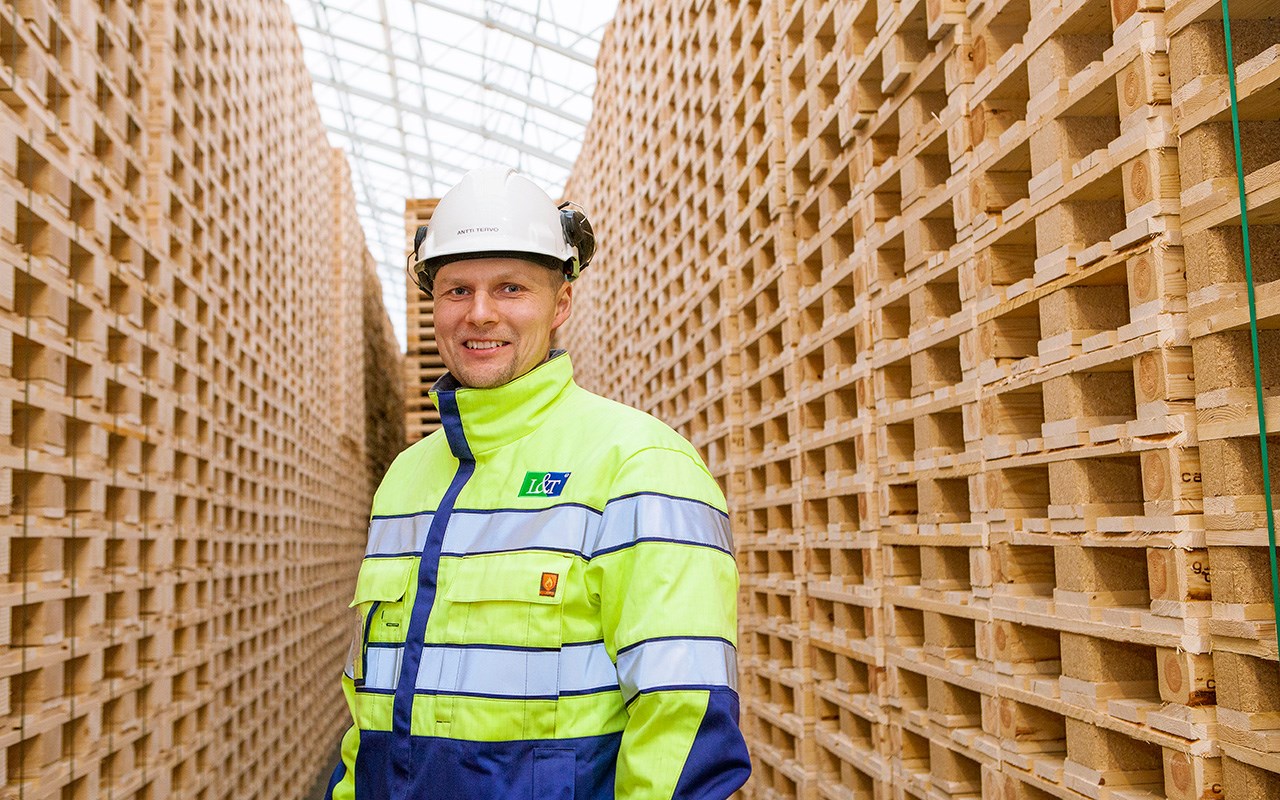Imagine a world in which there is no waste, only raw material. The circular economy turns one industry’s trash into another’s treasure.

A range of footwear made entirely from ocean plastic or a line of swimwear sourced solely from remnants and offcuts. Stainless Steel slag side streams utilized to replace virgin crushed rock in road foundations. All these are examples of circular innovations – products that brilliantly use waste as raw material.
The world is in the midst of a major transition. The resource crunch is pushing us toward a new economic model – the circular economy – in which products and materials are remanufactured, shared and recycled.
Global waste levels are predicted to double to 6.5 million tonnes daily by 2025.* With the human population burying itself in mountains of trash and the planet’s virgin resources dwindling, our linear take-make-dispose economy has clearly come to the end of its line.
From waste to riches
The circular economy proposes a new way of designing and manufacturing products to generate less waste, prevent pollution and minimize energy use. Instead of instantly becoming waste after use, products are reused to extract their maximum value before safely returning to the biosphere.
A growing choir of experts are endorsing the circular model for two compelling reasons: waste is not only an environmental problem, but also an economic loss. “Optimizing the re-usage of raw materials is vital for Europe’s economy, as we don’t have a rich base of cheap raw materials. It’s a question of competitiveness,” states recycling expert Antti Tervo, VP Industrial services at Lassila & Tikanoja.
L&T is a service company that cooperates with its customers to help transform Finland into an efficient recycling society. “If you can’t reuse a product directly, you can harness the raw material in a new application. What is waste for one industry can be a valuable resource for another.” Tervo offers an example from the forest industry: “Bark sand is a mixture of bark, soil and sand formed as a side stream in pulp production. This ‘waste’ is being used successfully as substrate in landscaping.”
A similar example comes from the stainless steel industry: a mineral-based by-product of the melting processes finds new use replacing virgin crushed rock in road foundations, at the same time offering superior technical features for the purpose.
From threat to opportunity
But is all waste really raw material – can everything be recycled? Tervo pauses to reflect: “Contaminated soil is costly to stabilize, but virtually anything can indeed be recycled. Industries have to work together to create new value networks and find multiple reuse opportunities. This is mutually profitable, while also minimizing environmental impacts.”
Certain materials are inherently more recyclable than others. These include paper, plastic, oil and metal, while certain concretes are difficult to circulate in a closed loop, explains Tervo. In circular economy, products, components and materials are aimed to keep at their highest utility and values at all times. In purest, this means developing and designing products that can be “made to be made again”.
Stainless steel is well-aligned with the principles of the circular economy: “It is 100% recyclable, the production process is sustainable, and companies like Outokumpu are investing great efforts into developing new uses for side streams,” says Tervo. “Most importantly, the material itself is extremely long-lasting. It keeps going for decades before you need to consider recycling.”
Creative disruption
A full transition to the circular economy would have complex, wide-ranging impacts on consumers’ lives. Our relationship with products, for example, would be radicalised. Not only would we recycle everything, but sharing and ‘pay per use’ agreements would be favoured over ownership. The main challenge is not technology, but psychology:
“It’s easier to turn a tin can into a fork than to change people’s attitudes,” says Tervo. Rather than dreading change, however, consumers should welcome the positive social impacts of recycling and sharing. “It generates dialogue and interaction, which enriches community relations. And it’s always satisfying to find a new use for something you thought was waste. It’s a form of creativity.”
*Source: What a Waste: A Global Review of Solid Waste Management, World Bank Report 2016.
